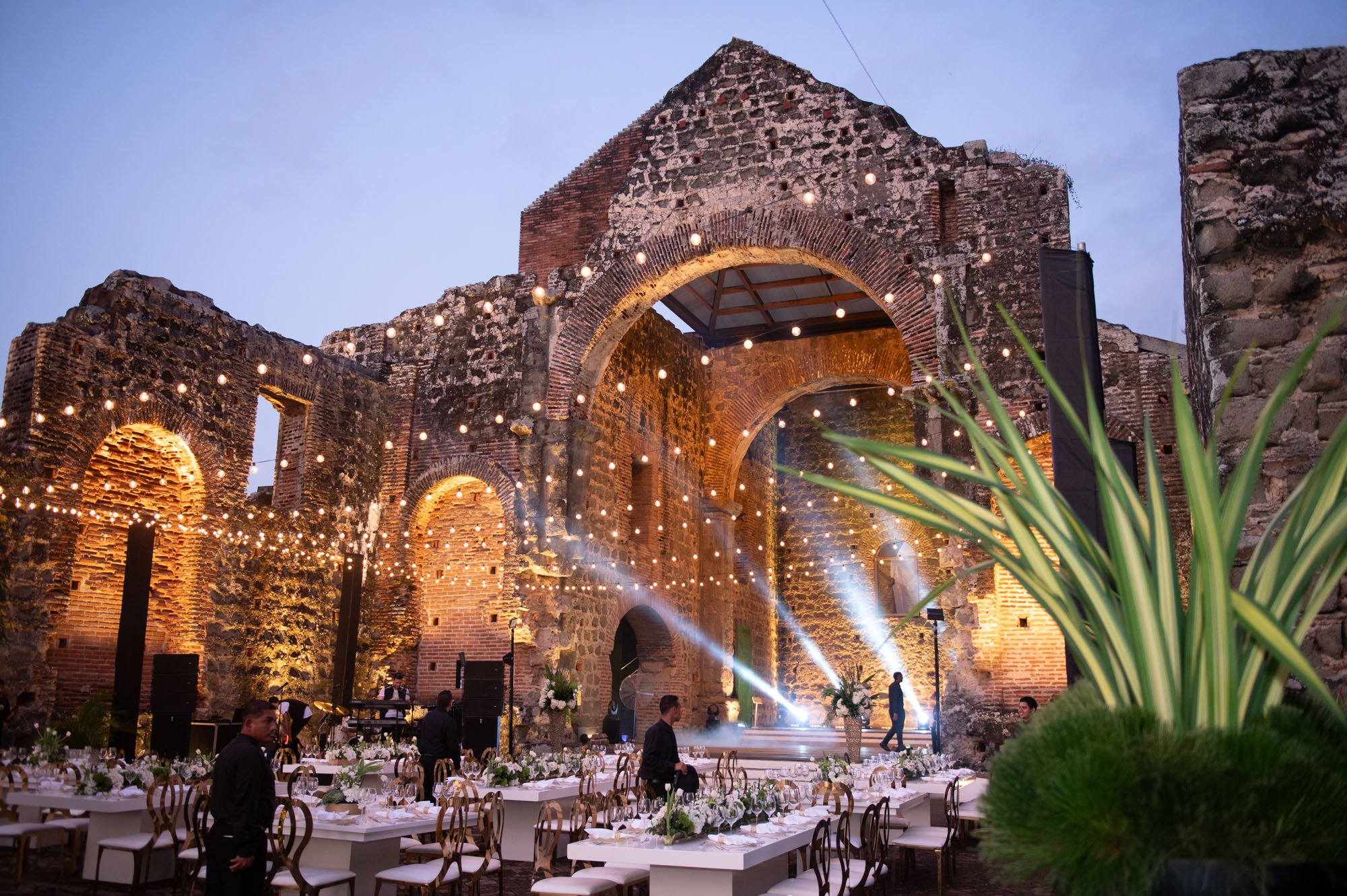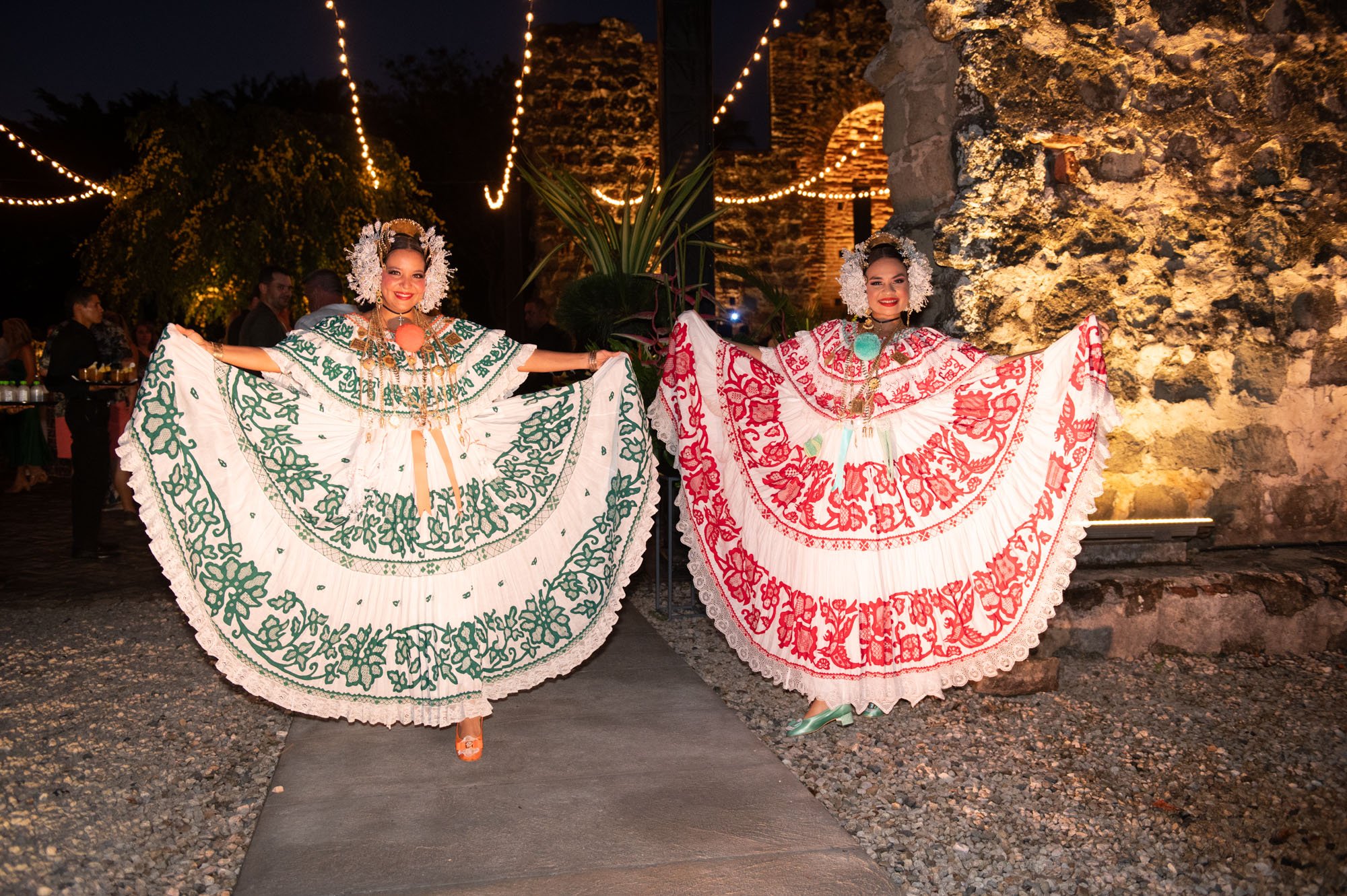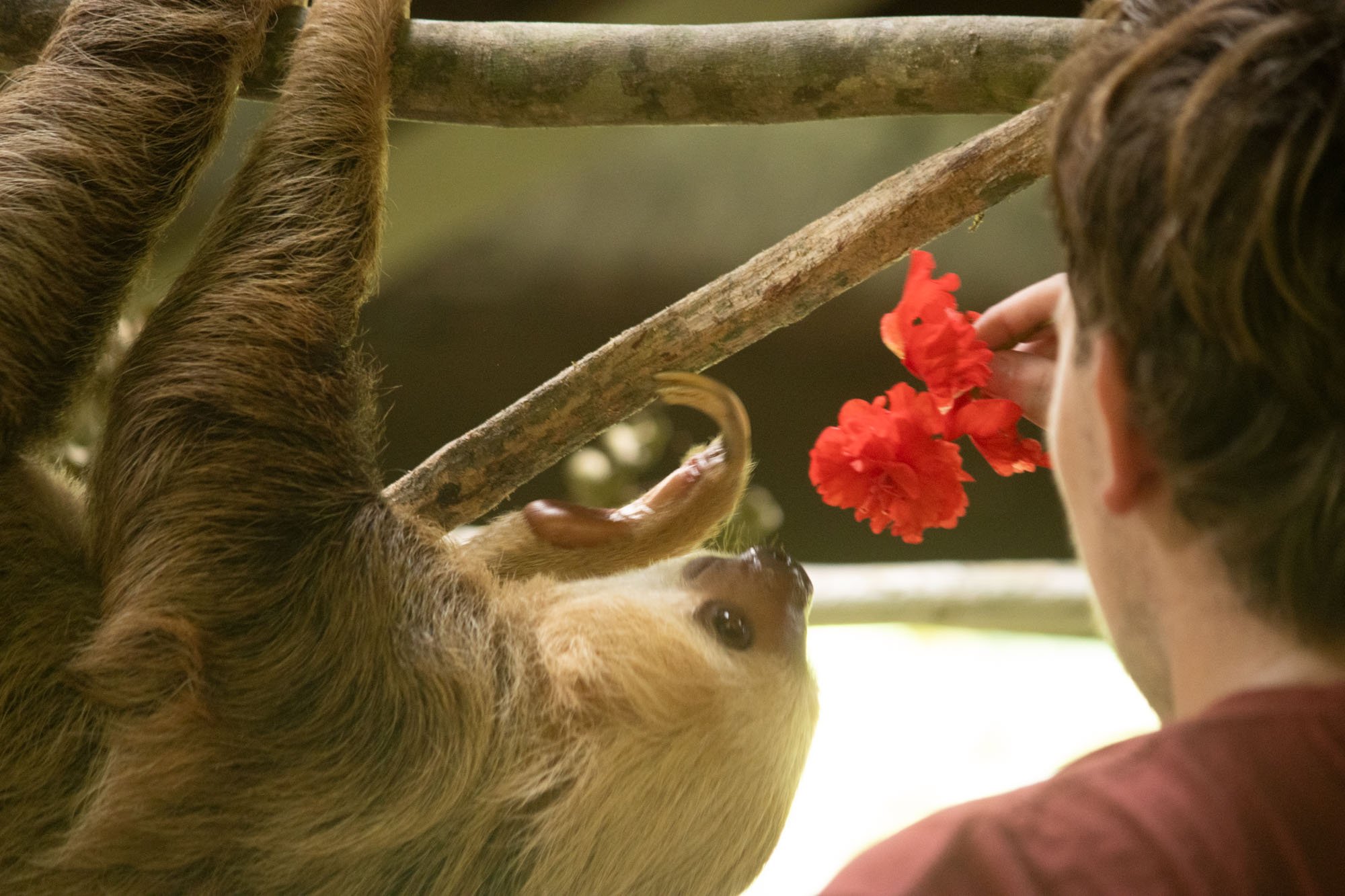
Panama
About Panama
During the late 19th century Panama's struggle for independence from Columbia had begun. In 1904 the construction of the Panama Canal began which is considered the eighth wonder of the world. This work defined the vocation of the territory as a crossing site and interchange. The construction of the Panama Canal with the help of the US was the next land mark in the history of Panama. The new Panamian Government granted the US rights in perpetuity on either side of the Canal. The Panama Doctrine of US president Theodore Roosevelt involved the eradication of the dreaded Malaria causing mosquitoes from Panama. The Canal was completed in 1914 and continued to be an important shipping route. Before the beginning of the Second World War, Colombia had revoked all claims on Panama and the US had given up legal rights to use its troops outside the canal zone.
Today, Panama is one of the most developed countries in Central America and has one of the greatest economic and tourist developments in all of the Americas.
Panama means abundance of fishes and butterflies. The Isthmus of Panama was formed about 3 million years ago when the isthmus finally closed, after which plants and animals gradually crossed it in both directions. Prior to the arrival of Europeans, Panama was widely settled by tribes like Cocole and Cuevas.
The arrivals of Rodrigo de Bastidas from Seville, and later Núñez de Balboa in 1513 were to change the history of Panama. Balboa discovered that another ocean lay on the other side of the isthumus. This meant that now Panama could be used as a center for trade of contraband Spanish goods, for treasures taken from Peru which had been conquered by Spain and for slave trade. Panama was a part of Spain for three hundred years. In 1821 Columbia became independent from Spain and Panama became part of Columbia.





